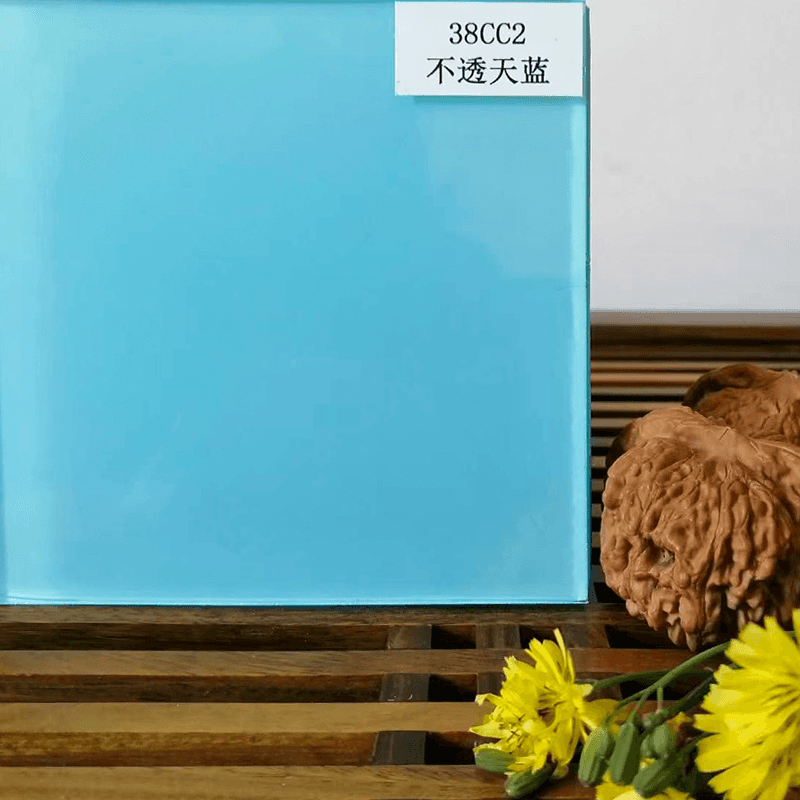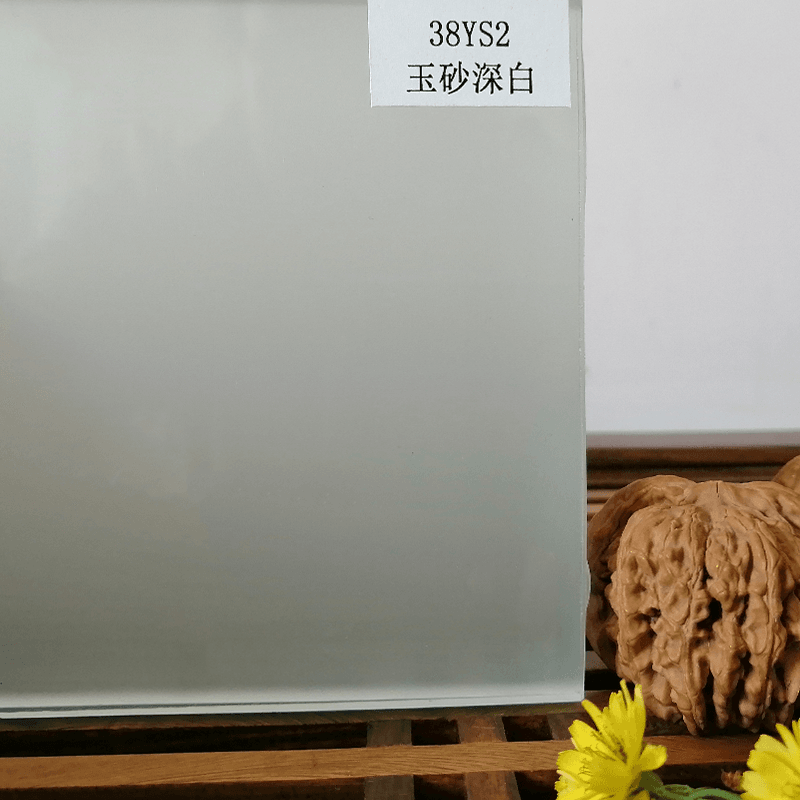language
Ethylene-vinyl acetate film, commonly known as EVA film, is a versatile material used across numerous industries. This comprehensive guide will explain everything you need to know about this remarkable material - from its fundamental properties to practical applications and advantages over alternatives.
Understanding Ethylene-Vinyl Acetate Film Composition
EVA film is created through the copolymerization of ethylene and vinyl acetate. The percentage of vinyl acetate typically ranges from 4% to 40%, which significantly affects the material's characteristics:
| Vinyl Acetate Content | Material Properties |
| 4-10% | More rigid, similar to polyethylene |
| 10-20% | Balanced flexibility and strength |
| 20-40% | Highly flexible, rubber-like |
The manufacturing process involves either blown film extrusion or casting, resulting in sheets with thicknesses typically ranging from 0.1mm to 3mm. This flexibility in production allows for customization based on specific application requirements.
Key Physical and Chemical Properties of EVA Film
EVA film possesses several notable characteristics that make it suitable for diverse applications:
- Excellent clarity: High light transmission comparable to glass
- UV resistance: Performs well in outdoor applications
- Low-temperature flexibility: Maintains pliability in cold environments
- Chemical resistance: Withstands many acids, alkalis, and solvents
- Good adhesion: Bonds well with various substrates
- Shock absorption: Effective energy dissipation properties
These properties can be further enhanced through additives during manufacturing, such as UV stabilizers for outdoor use or flame retardants for safety applications.
Common Industrial and Commercial Uses of EVA Film
The versatility of ethylene-vinyl acetate film leads to its use in numerous sectors. Below are some of the most prevalent applications:
| Industry | Application | Benefits |
| Photovoltaics | Solar panel encapsulation | UV resistance, durability |
| Packaging | Food packaging, protective wraps | Clarity, flexibility |
| Footwear | Midsole components | Cushioning, lightweight |
| Medical | Drug delivery systems | Biocompatibility |
| Construction | Waterproof membranes | Weather resistance |
Emerging applications include 3D printing materials and smart packaging solutions, demonstrating the material's ongoing relevance in innovative fields.
Advantages of EVA Film Compared to Alternative Materials
When selecting flexible polymer films, EVA often presents several benefits over competing materials:
| Comparison | Advantage |
| vs. Polyethylene (PE) | Better clarity and flexibility |
| vs. Polyvinyl chloride (PVC) | No plasticizers required, more environmentally friendly |
| vs. Polyurethane (PU) | Lower cost, easier processing |
| vs. Silicone | Better mechanical strength |
Additionally, EVA film typically offers better cost-performance balance for many applications, particularly where a combination of transparency, flexibility, and durability is required.
Environmental Considerations and Recycling Potential
As sustainability becomes increasingly important, understanding EVA film's environmental profile is crucial:
- Recyclability: Can be recycled through mechanical processes
- Biodegradability: Not inherently biodegradable but can be formulated with additives
- Energy consumption: Lower processing temperatures than many alternatives
- Toxicity: Free from harmful phthalates and heavy metals
Recent developments include bio-based EVA derived from renewable resources, offering reduced carbon footprint while maintaining performance characteristics.
How to Select the Right EVA Film for Your Application
Choosing the appropriate ethylene-vinyl acetate film requires consideration of several factors:
| Factor | Considerations |
| Thickness | Ranges from microns to millimeters based on need |
| Vinyl Acetate Content | Higher content increases flexibility |
| Additives | UV stabilizers, anti-fog, anti-static, etc. |
| Processing Method | Compatibility with your equipment |
| Regulatory Compliance | FDA, RoHS, REACH as needed |
For specialized applications, consulting with material engineers can help identify the optimal formulation to meet specific performance requirements.

Proper Handling and Storage Recommendations
To maintain EVA film's quality and extend its shelf life, follow these guidelines:
- Store in a cool, dry environment away from direct sunlight
- Maintain temperature between 15°C to 25°C (59°F to 77°F)
- Keep relative humidity below 60%
- Store rolls vertically to prevent deformation
- Use within 12 months for optimal performance
- Handle with clean gloves to prevent contamination
Proper storage becomes particularly important for films with specialized additives that might degrade under improper conditions.
Frequently Asked Questions About EVA Film
Q: How does temperature affect EVA film performance?
A: EVA maintains flexibility at low temperatures (-70°C/-94°F) and remains stable up to about 80°C (176°F), making it suitable for various climates.
Q: Can EVA film be used for food contact applications?
A: Yes, specific grades are FDA-compliant for direct and indirect food contact, depending on formulation.
Q: What's the typical lifespan of EVA film in outdoor applications?
A: With proper UV stabilization, EVA can last 10-20 years in outdoor environments, though this varies by exact formulation and conditions.
Q: Is EVA film safe for medical applications?
A: Certain medical-grade formulations are biocompatible and used in drug delivery systems and medical device components.
Q: How does EVA compare to POE (polyolefin elastomer) films?
A: POE films generally offer better resistance to potential induced degradation (PID) but at higher cost, while EVA provides excellent overall balance of properties.
Future Trends in EVA Film Technology
The EVA film market continues to evolve with several promising developments:
- Enhanced formulations for improved UV and weather resistance
- Development of crosslinkable EVA for higher temperature applications
- Integration with smart materials for responsive properties
- Advances in recycling technologies to improve sustainability
- Thinner films with maintained or improved performance characteristics
These innovations ensure that EVA film will remain a relevant material choice across industries, adapting to meet changing technological and environmental requirements.
Conclusion
Ethylene-vinyl acetate film represents an exceptional balance of performance characteristics, cost-effectiveness, and versatility. Its unique combination of clarity, flexibility, durability, and processability makes it indispensable across industries from renewable energy to consumer goods. By understanding its properties, applications, and selection criteria outlined in this guide, you can make informed decisions about implementing EVA film solutions in your projects or products.
As material science advances, we can expect continued improvements in EVA film technology, further expanding its potential applications while addressing environmental concerns. Whether you're exploring packaging solutions, protective barriers, or specialized industrial applications, EVA film deserves consideration as a high-performance polymer option.





